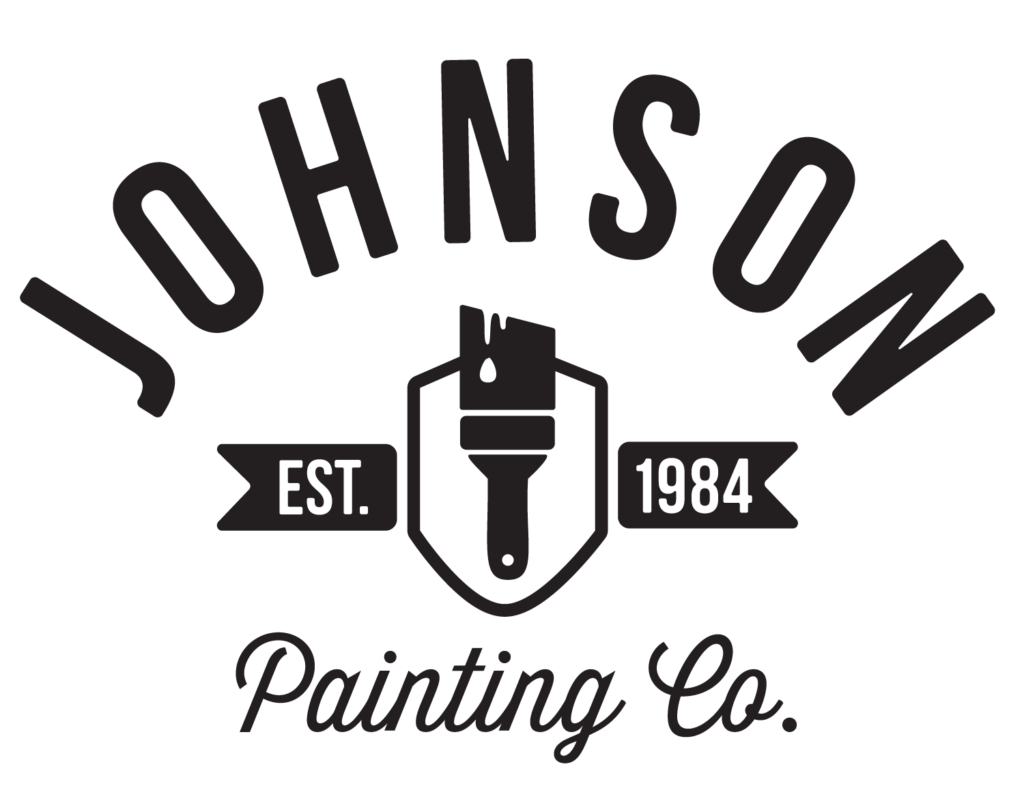






Commercial trim painting involves painting the decorative or functional elements of a building’s exterior or interior, such as baseboards, crown molding, door frames, window frames, and other architectural features. Here are the key steps involved in commercial trim painting:
Surface preparation: Before painting, the surfaces to be painted need to be properly prepared. This typically involves filling any holes or cracks, sanding the surfaces to create a smooth finish, and priming the surfaces to promote adhesion.
Painting technique: The painting technique used to paint trim depends on the size and shape of the trim, as well as the type of paint being used. Some types of trim require the use of brushes or rollers, while others may require spray painting for a smooth and even finish.
Paint selection: The type of paint selected for commercial trim painting depends on the material of the trim, the location of the trim, and the desired finish. For example, oil-based paints are more durable and better suited for outdoor trim painting, while water-based paints are more environmentally friendly and better suited for indoor trim painting.
Clean-up: After the paint has been applied, the painter will clean up the work area, removing all materials and debris from the site.
Final inspection: Finally, the painter will conduct a final inspection to ensure that the work meets your expectations. Any necessary touch-ups or corrections will be made at this time.
Yes, we sure can! When painting the trim of a historic property, it’s important to use historically accurate colors and materials to ensure that the building maintains its historical integrity. A professional painter with experience in historic property painting can help you select the appropriate colors and materials for your property.
Commercial trim painting requires specialized knowledge and skills to ensure a professional-looking finish that complements the overall design of the building. Hiring a professional painter with experience in commercial trim painting can help ensure that the job is done right the first time and meets the unique needs of your business.